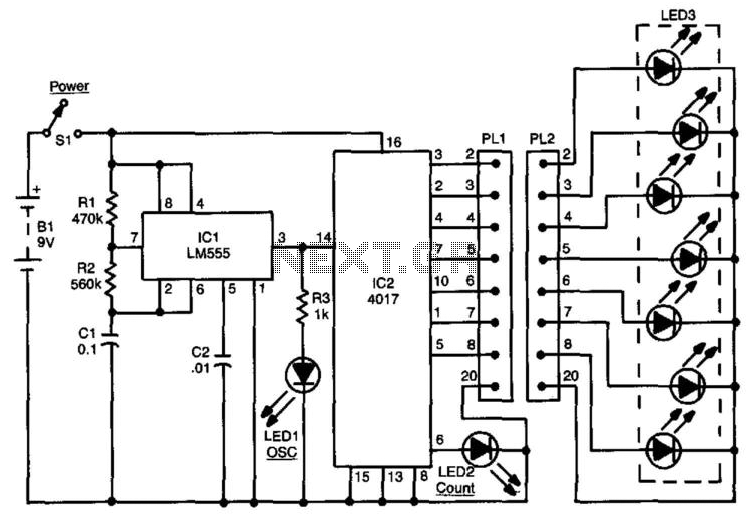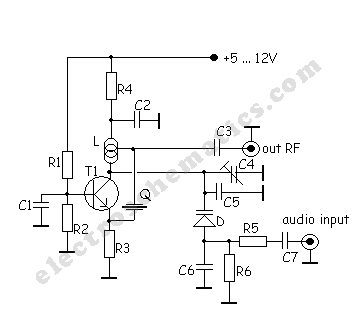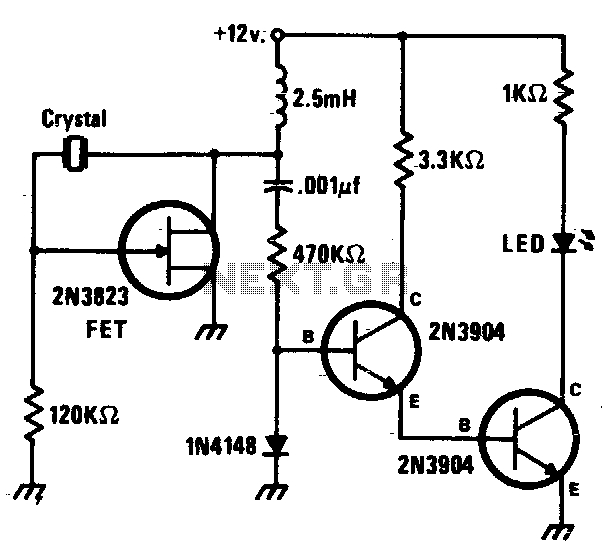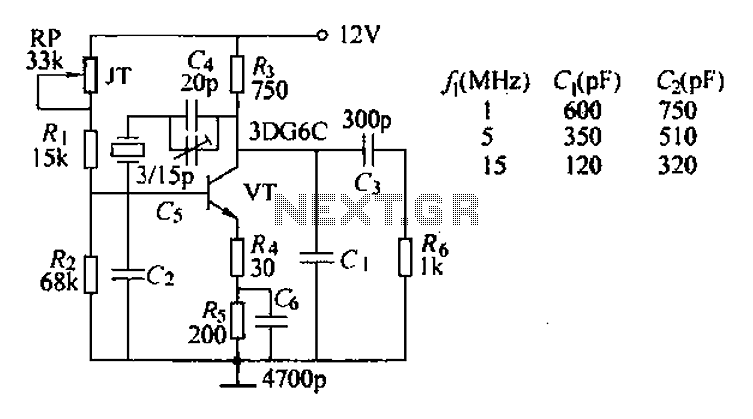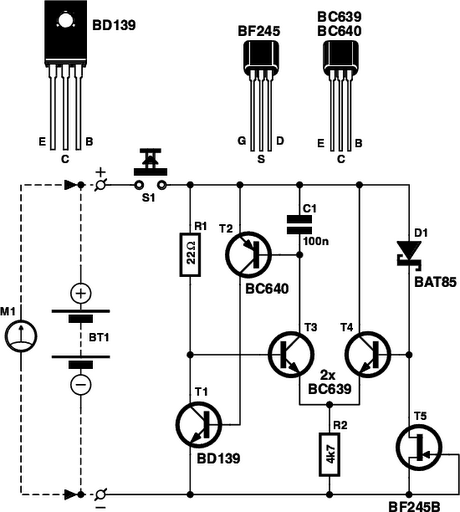
Crystal Tester
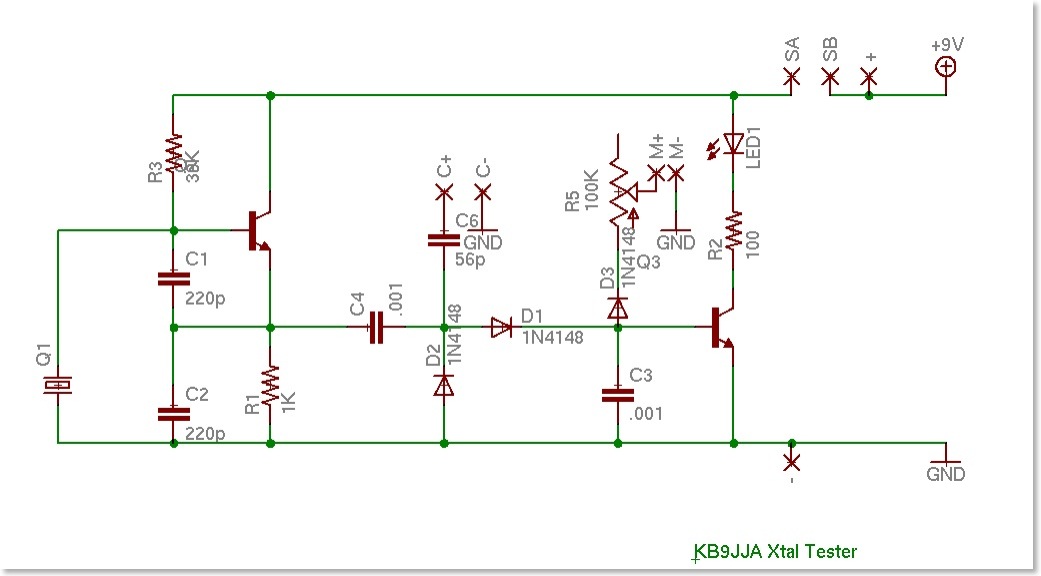
A crystal tester was developed to evaluate various crystals for a project. Existing testers available online were found to be lacking in certain features. Therefore, modifications were made to an existing design to incorporate desired functionalities, along with the creation of a custom circuit board for the device.
The crystal tester circuit is designed to accurately measure the frequency and quality factor (Q) of various crystal oscillators. The core of the tester typically consists of an oscillator circuit that utilizes a microcontroller or a dedicated frequency counter IC. This allows for precise frequency measurement, which is essential for determining the operational characteristics of the crystal under test.
The circuit board layout should be compact, ensuring that the crystal, which is usually mounted in a socket for easy replacement, is connected to the oscillator circuit with minimal parasitic capacitance. This is crucial for maintaining the integrity of the frequency measurement. The use of high-quality components, such as low-tolerance resistors and capacitors, will enhance the accuracy of the measurements.
In addition, the tester may include a digital display to show the measured frequency, along with additional indicators for the Q factor and possible fault conditions. User interface elements, such as buttons or a rotary switch, can be integrated to select different measurement modes or to calibrate the tester.
Power supply considerations are also essential; a stable voltage source, possibly using a voltage regulator, should be included to ensure consistent operation. Battery operation can be an option for portability, while a power jack can be provided for continuous use.
Overall, this crystal tester design aims to provide a reliable and user-friendly solution for evaluating crystal oscillators, making it suitable for both hobbyists and professionals in the electronics field.I needed to test some crystals for a project I was working on. I found lots of testers on the internet, but they all where lacking in one thing or another. I decided to take one of them and add the features that I wanted to it. This is the result. I also designed a small circuit board for it. 🔗 External reference
The crystal tester circuit is designed to accurately measure the frequency and quality factor (Q) of various crystal oscillators. The core of the tester typically consists of an oscillator circuit that utilizes a microcontroller or a dedicated frequency counter IC. This allows for precise frequency measurement, which is essential for determining the operational characteristics of the crystal under test.
The circuit board layout should be compact, ensuring that the crystal, which is usually mounted in a socket for easy replacement, is connected to the oscillator circuit with minimal parasitic capacitance. This is crucial for maintaining the integrity of the frequency measurement. The use of high-quality components, such as low-tolerance resistors and capacitors, will enhance the accuracy of the measurements.
In addition, the tester may include a digital display to show the measured frequency, along with additional indicators for the Q factor and possible fault conditions. User interface elements, such as buttons or a rotary switch, can be integrated to select different measurement modes or to calibrate the tester.
Power supply considerations are also essential; a stable voltage source, possibly using a voltage regulator, should be included to ensure consistent operation. Battery operation can be an option for portability, while a power jack can be provided for continuous use.
Overall, this crystal tester design aims to provide a reliable and user-friendly solution for evaluating crystal oscillators, making it suitable for both hobbyists and professionals in the electronics field.I needed to test some crystals for a project I was working on. I found lots of testers on the internet, but they all where lacking in one thing or another. I decided to take one of them and add the features that I wanted to it. This is the result. I also designed a small circuit board for it. 🔗 External reference
